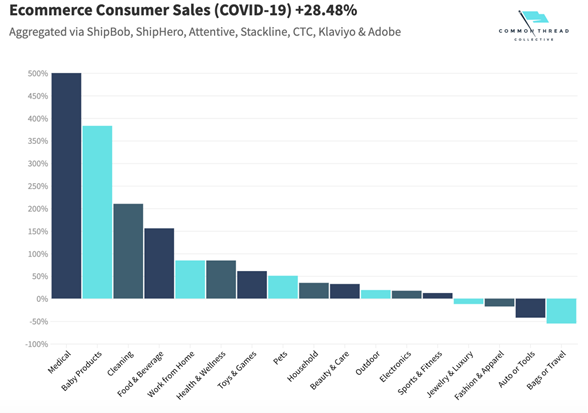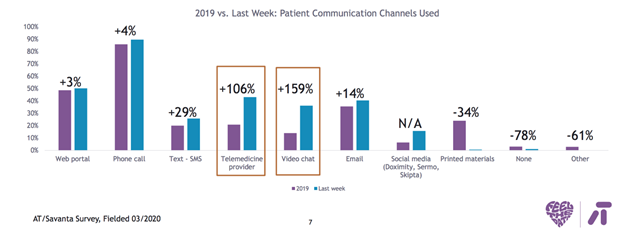From It to Bit
Legendary quantum theorist John Wheeler coined the phrase “It from Bit”, arguing that our perception of the physical world (the “It") and the mathematical information of the world (the “Bit”) are intimately related. Without being overly metaphysical, we also believe in a world where the “It” (physical things) is deeply connected with the “bit” (virtual data).
Let us start by analyzing a relevant example that involves both concepts: e-commerce, where physical products are ordered digitally. Now, you might think that Amazon invented online shopping, but it was actually Sears...over 100 years ago. The United States completed the transcontinental telegraph in 1861 and the transcontinental railroad in 1869, allowing goods and ideas to spread to every corner of the country. It was the perfect combination of “it” (railroads) and “bit” (telegraphs). Richard Sears saw the potential in this new, innovative infrastructure and seized the opportunity.
Sears started his “online” business by selling watches. He would take orders by telegraph and ship the watches by railroad. Eventually, Sears would diversify its products and offer a catalog with over 500 pages just like the current Amazon online catalog. This revolutionary form of commerce proved to be cheaper than buying goods traditionally (no bit) and also provided consumers with a significantly wider selection of products.
The success Sears had demonstrated the benefits of incorporating technology into your business, and over a century later, technology is now a vital part of almost all businesses. In today’s digital world, we can buy clothes, order food, and hail rides over the internet with our phones. The “bit” has made obtaining the “it” more convenient than ever.
The recent Coronavirus pandemic created a paradigm shift, the social distancing practices have accelerated the demise of “it," forcing many businesses to adapt by using more and more “bit." In just March alone, online conference platform Zoom saw over 25 million downloads worldwide as schools and offices around the globe shut down. E-commerce sales have also shot up in response to the closing of physical stores, with some categories seeing an increase of over 200%.

The Coronavirus pandemic has also provoked many changes in Telehealth. Telehealth enables patients to virtually “visit” their physicians and caregivers on their smartphone apps, Telehealth used to be a tool of efficiency and cost reduction, now became a tool of necessity or even a tool of survival.

Businesses must now control the “bit” in order to control the “it”. Unfortunately, the logical inverse is also true. Recently, national retailers like J.Crew and JC Penney have been forced to file for bankruptcy because the coronavirus closed their physical stores, and their online stores were not generating quite enough income to keep the business afloat. If your business can’t keep up with the world’s migration to digital technology, it will fail.
How exactly can your business make the successful transition to bit-based processes? The key is Business-to-Business (B2B) software. Content Management Systems (CMS) can help you establish your content and presence. Enterprise Resource Planning (ERP) can seamlessly handle your inventory, customer records, and product pricing. Customer Relationship Management (CRM) tools can help manage your customer interactions, such as providing customer support, tracking sales, and maintaining customer data. With the coronavirus crippling our physical world, more and more businesses are relying on these digital B2B solutions to effortlessly handle their daily operations.
Here at GST, our core competence is building high-quality B2B software that is sure to keep your business relevant and thriving. In the future, technology is only going to become more and more rooted in our daily lives, and even after this pandemic ends, people will continue using bit-based processes out of habit; there is no better time to start investing in your “bit” capability. You don’t have to be a quantum physicist to realize, we are moving “From it to bit."


